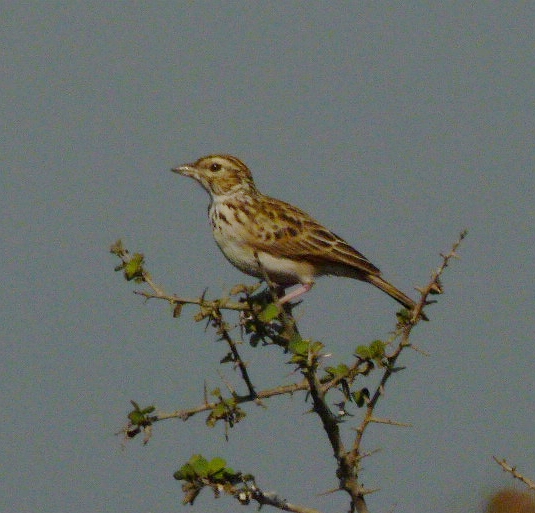Superregnum: Eukaryota
Cladus: Unikonta
Cladus: Opisthokonta
Cladus: Holozoa
Regnum: Animalia
Subregnum: Eumetazoa
Cladus: Bilateria
Cladus: Nephrozoa
Superphylum: Deuterostomia
Phylum: Chordata
Subphylum: Vertebrata
Infraphylum: Gnathostomata
Megaclassis: Osteichthyes
Cladus: Sarcopterygii
Cladus: Rhipidistia
Cladus: Tetrapodomorpha
Cladus: Eotetrapodiformes
Cladus: Elpistostegalia
Superclassis: Tetrapoda
Cladus: Reptiliomorpha
Cladus: Amniota
Classis: Reptilia
Cladus: Eureptilia
Cladus: Romeriida
Subclassis: Diapsida
Cladus: Sauria
Infraclassis: Archosauromorpha
Cladus: Crurotarsi
Divisio: Archosauria
Cladus: Avemetatarsalia
Cladus: Ornithodira
Subtaxon: Dinosauromorpha
Cladus: Dinosauriformes
Cladus: Dracohors
Cladus: Dinosauria
Ordo: Saurischia
Cladus: Eusaurischia
Subordo: Theropoda
Cladus: Neotheropoda
Cladus: Averostra
Cladus: Tetanurae
Cladus: Avetheropoda
Cladus: Coelurosauria
Cladus: Tyrannoraptora
Cladus: Maniraptoromorpha
Cladus: Maniraptoriformes
Cladus: Maniraptora
Cladus: Pennaraptora
Cladus: Paraves
Cladus: Eumaniraptora
Cladus: Avialae
Infraclassis: Aves
Cladus: Euavialae
Cladus: Avebrevicauda
Cladus: Pygostylia
Cladus: Ornithothoraces
Cladus: Ornithuromorpha
Cladus: Carinatae
Parvclassis: Neornithes
Cohors: Neognathae
Cladus: Neoaves
Cladus: Telluraves
Cladus: Australaves
Ordo: Passeriformes
Subordo: Passeri
Infraordo: Passerida
Superfamilia: Passeroidea
Familia: Alaudidae
Genus: Mirafra
Species: Mirafra erythroptera
Name
Mirafra erythroptera Blyth, 1845
The Indian bush lark (Mirafra erythroptera) is a species of lark in the family Alaudidae found in South Asia.
Taxonomy and systematics
The alternate names "red-winged lark" and "red-winged bush lark" are more commonly used to describe the red-winged lark (M. hypermetra).[2] Other alternate names of the Indian bush lark are Indian lark, Indian red-winged lark, red-winged singing bushlark and rusty-winged lark.
Description
It is distinguished from Jerdon's bush lark by its shorter bill and legs and longer tail.
The plumage of the Indian bush lark is pale and it has a cheek patch completely bounded by a white supercilium and post-auricular border. The crown and upper-parts are heavily streaked. The pale underparts have large spots on the breast. Most of its wing coverts, tertials and central tail feathers have pale centres. The primary coverts look all brown. The rufous wing bars are diagnostic but care must be taken not to confuse the bird with Jerdon's bush lark in the central Western Ghats and country around where their ranges overlap. Jerdon's bush lark is darker with more rufous on the wings.
It sings from bush tops but does not usually perch on trees or wires. The calls are similar to that of Jerdon's bush lark but are lower and have longer rattling tremolos often falling in pitch.[3]
Distribution and habitat
The Indian bush lark is most commonly found in arid areas. It is found in Pakistan and north-western, central and south-central India.
Behaviour and ecology
The song-flight during the mating season is an amazing spectacle. The bird flutters high over the ground, then holds its wings in an open "V" and "parachutes" down to its perch uttering its song consisting of short tweets and cheeps in three syllables followed by a longer fourth syllable. This combination is repeated till the bird perches again.
References
BirdLife International (2017). "Mirafra erythroptera". IUCN Red List of Threatened Species. 2017: e.T22717092A118711103. doi:10.2305/IUCN.UK.2017-3.RLTS.T22717092A118711103.en. Retrieved 12 November 2021.
"Mirafra hypermetra - Avibase". avibase.bsc-eoc.org. Retrieved 2016-11-28.
P.C. Rasmussen & J.C. Anderton (2005). Birds of South Asia. The Ripley Guide. Lynx Edicions.
Compilers: Stuart Butchart, Jonathan Ekstrom (2008). "Indian Lark - BirdLife Species Factsheet". Evaluators: Jeremy Bird, Stuart Butchart. BirdLife International. Retrieved May 10, 2009.
Retrieved from "http://en.wikipedia.org/"
All text is available under the terms of the GNU Free Documentation License


